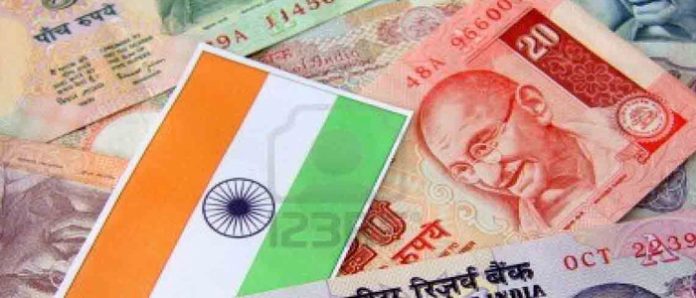BEIJING: India has shown signs of moving toward the position of US President Donald Trump by adopting protectionist measures against China, possibly in a bid to please the US ahead of trade talks and to pressure China into addressing the growing trade imbalance between the two countries.
But experts said India is playing a risky game, as getting any benefits from the US in trade is unlikely and there is a danger of undermining efforts to boost trade with China, Global Times, a prestigious Chinese newspaper reported on Wednesday.
This week, India’s Department of Commerce recommended tariffs as high as 25 per cent on solar cells and modules imported from China for a two-year period.
In a separate move over the weekend, the Indian government reportedly raised concerns over its trade deficit with China and claimed that China had put in place restrictions on visas for Indian professionals and exports of Indian IT services, meat, rice and medicines to China.
“It is clear that India is trying to copy Trump’s protectionist actions against China,” Xiamen University China’s Research Director Lin Boqiang said.
Lin also said the proposed solar tariffs are not based on anti-dumping investigations, as required by the WTO, but are simply intended to protect India’s domestic industry.
A report by the Indian Department of Commerce’s Directorate General of Trade Remedies said the tariffs could “mitigate” the damage that surging imports of solar cells and modules had inflicted on Indian producers.
The proposal still needs to be approved by the Indian government. But even if India goes ahead with the tariffs, the impact on Chinese companies will be “very small,” Lin said, because even though China supplies a large proportion of India’s solar cells and modules, “the overall volume is very small.”
But the move plays into a much bigger strategy, under which India appears to be trying to side with the US in the hope of being exempted from US tariffs on steel and aluminium. And India also hopes to remedy its massive trade deficit with China, which rose to $62.9 billion in 2017, according to experts.
“India has become very sensitive about its trade deficit… so it wants to join the US in seeking greater market access from China,” Liu Xiaoxue, an associate research fellow at the Chinese Academy of Social Sciences’ National Institute of International Strategy opined.
In voicing its concerns over trade issues with China at the WTO, India has joined the US, the EU and others who have accused China of unfair practices.
India has also prepared a white paper aimed at boosting trade relations with the US and Indian officials are scheduled to hold talks with US officials in Washington to discuss tariffs on steel and aluminium this week.
“India is making a very risky move here. Its friendly gestures to the US are unlikely to get anything in return from Trump and they could draw ire in Beijing and potentially undermine its efforts to expand exports to China,” Lin said.
Liu pointed out that if India wants to reduce its trade deficit with China, it should focus on improving the competitiveness of its domestic industries rather than imposing tariffs.
“China wants to balance trade with India by expanding imports of Indian goods, but they don’t make many things that China really needs,” Liu said.
























